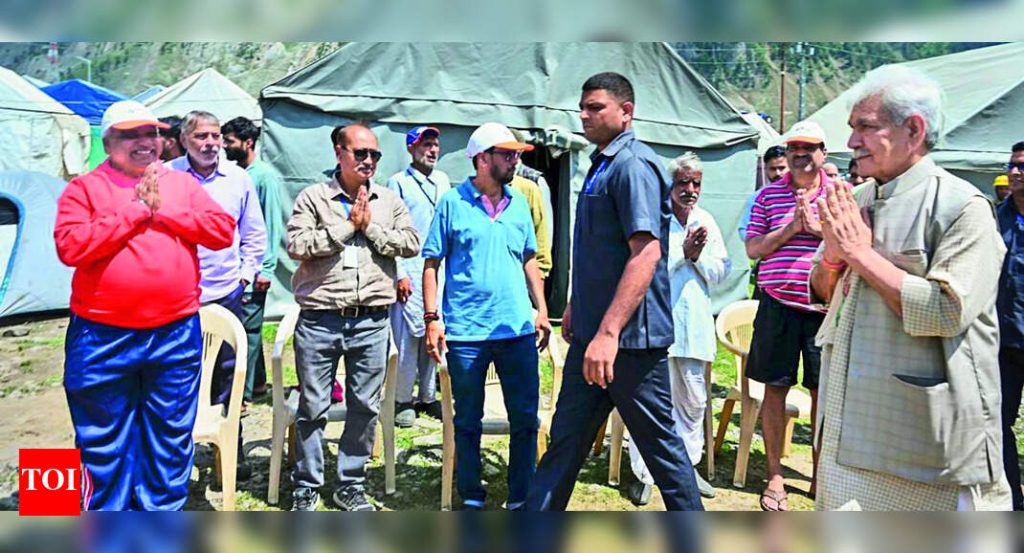Now Reading: NASA Monitors Snowmelt to Enhance Water Management
-
01
NASA Monitors Snowmelt to Enhance Water Management
NASA Monitors Snowmelt to Enhance Water Management

Swift Summary:
- Mission Overview: NASA conducted seven research flights using the C-20A aircraft to track snow melt adn freshwater resource transformation in March.
- Objective: The flights aimed to measure seasonal snow cover and estimate the freshwater stored in it, using UAVSAR (Uninhabited Aerial Vehicle Synthetic Aperture Radar).
- Significance of Snow Monitoring: Seasonal snow water is vital for drinking water, power generation, agriculture, and recreation industries. Precise monitoring is essential for understanding distribution and runoff effects.
- Location of Study: Research focused on Sierra Nevada mountains (California) and Rocky mountains (Idaho).
- Scientific Methodology Improvement: UAVSAR demonstrated improved accuracy in measuring Snow Water Equivalent (SWE), overcoming challenges in previous methodologies.
- Key Innovation: Specialized flight paths enabled precise terrain change measurements; accuracy comparable to tracing minute dimensions like a centimeter diameter.
- Broader Implications: Observed shifts in American west’s snow properties challenge existing expectations regarding seasonal runoff predictions.
indian Opinion Analysis:
The DUST mission underscores how advanced aerospace technology plays a transformative role in solving global challenges like water resource management. For India, where efficient use of freshwater resources is critical due to climate variability impacting snowfall patterns in Himalayan glaciers, similar approaches coudl be highly beneficial. precise tracking systems akin to UAVSAR may bolster India’s capabilities to evaluate glacier meltwater inputs into river systems that support millions of livelihoods.
Moreover, NASA’s initiative highlights the importance of integrating scientific data with practical infrastructure planning. Investments in such technologies can aid India’s agricultural sector by providing timely forecasts that directly impact irrigation strategies amid changing climatic conditions. This approach resonates universally as nations grapple with balancing environmental sustainability alongside economic needs reliant on natural ecosystems.
By fostering international collaboration or adapting lessons from missions like DUST into its local context-such as managing Himalayan snowpack-India has an opportunity at hand for improving long-term resilience against hydrological uncertainties brought about by climate shifts.




























